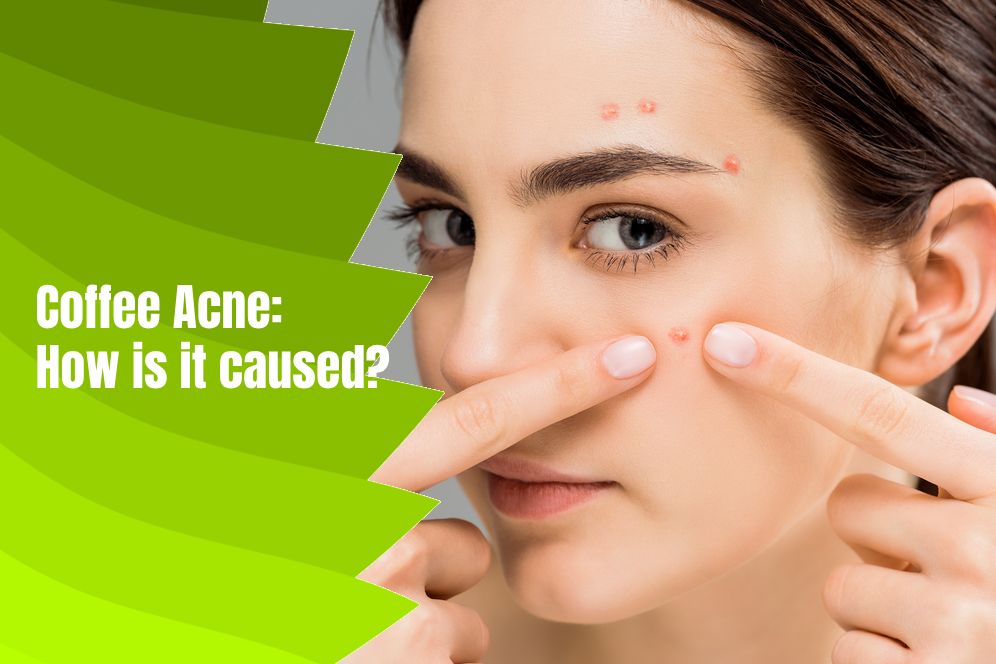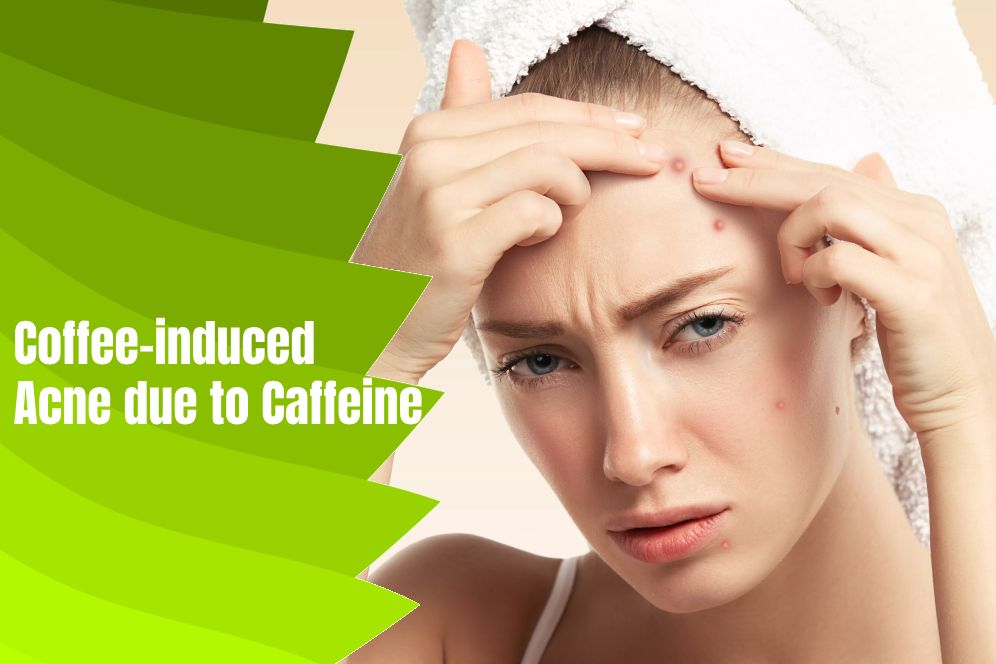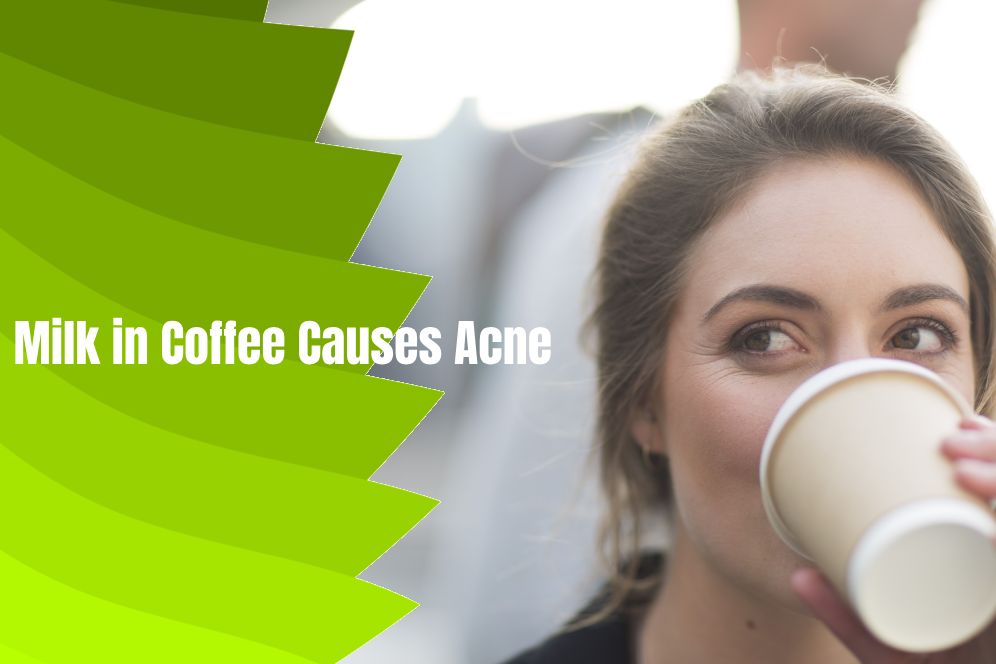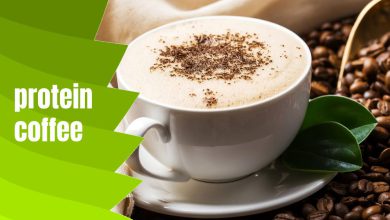Does Coffee Cause Skin Acne?
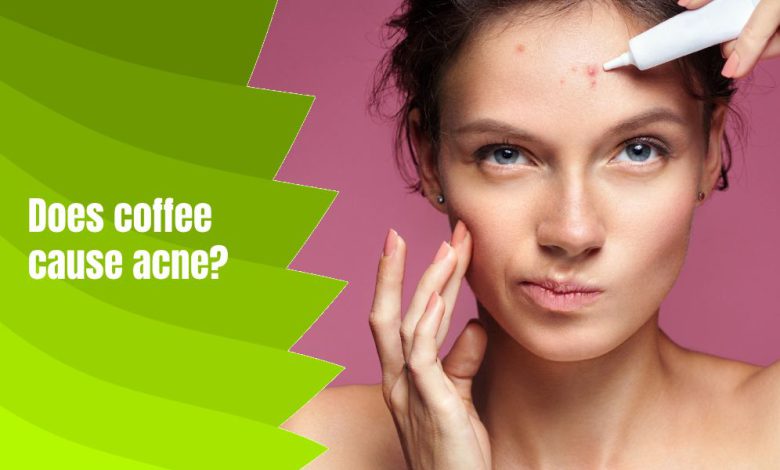
Coffee wakes us up, improves our mood, and can even offer protection against certain diseases. However, coffee also has side effects. It dehydrates the body, meaning it removes fluids from the body, which is visible, for example, on the skin. Your face may not appear chubby and glowing anymore; it may seem loose and pale.
Anyone suffering from acne and wondering if coffee is related should understand the connection between coffee and acne. Coffee itself doesn’t cause skin problems, but it can worsen acne. In fact, coffee is not a suitable choice for skin prone to acne.
Contents
Coffee Acne: How is it caused?
Again, coffee itself doesn’t directly cause acne. It’s often other factors that lead to acne. Here, three reasons for coffee-related acne are mentioned.
Coffee-induced Acne due to Caffeine
Caffeine present in coffee causes the kidneys to produce two stress hormones, adrenaline and cortisol. Stress has a direct impact on our bodies and skin. On one hand, stress hormones constrict blood vessels. Since less blood can flow through our veins at once, we appear paler and less colorful.
Hormonal acne is also worsened by coffee. Stress hormones like cortisol increase the amount of fat produced by sebaceous glands in some individuals. This makes the skin more prone to acne.
However, stress can also lead to cravings. During a food craving episode, many people tend to consume a lot of energy in a short period, often indulging in more sugar and fat than necessary. This spikes blood sugar levels and triggers the onset of acne.
Milk in Coffee Causes Acne
People who are currently prone to cystic acne should avoid dairy to get rid of their coffee-induced acne. Acne is often caused by the consumption of high-glycemic carbohydrates. These foods raise blood sugar levels, leading to acne breakouts.
Cow’s milk also contains hormonal compounds that can contribute to acne. Acne candidates can try to avoid animal products and have their coffee with alternatives like almond milk, oat milk, or soy milk.
It’s interesting to note that there are many delicious plant-based alternatives to milk in coffee: almond milk, oat milk, and rice milk are just a few options. We’ve previously written a comprehensive article about plant-based milk that we recommend reading.
Sugar in Coffee Causes Acne
Again, it is the blood sugar level that can lead to acne on the face. Many people are familiar with this issue, even without suffering from acne. If you’ve consumed a lot of sweets, you may notice one or two pimples on your skin afterward. The physical reaction to excessive sweets has been documented in various studies.
Why does high blood sugar mean more acne? When consuming sugar, it leads to an increase in blood sugar levels, which in turn triggers the secretion of a significant amount of insulin. The role of insulin is to utilize sugar and transport it to cells where it’s converted into energy. However, an increase in insulin also leads to an increased production of sebum on the skin. When sebaceous glands produce an excessive amount of sebum, acne appears.
How Does Caffeine Affect Your Skin?
But what is the impact of coffee and tea on our skin? Caffeine, like alcohol and sodium, has a dehydrating effect, and when our body lacks essential hydration, we can feel it in our skin.
And acne? While coffee doesn’t cause acne, some studies suggest it can make it worse. Caffeine may make us feel alert and awake, but it also leads to an increased stress response in the body. Stress hormones, like cortisol, can increase the production of sebum by sebaceous glands and make your skin more prone to acne.
It’s not just caffeine that can impact your skin. The way you consume coffee can also make a difference. Milk and sugar are two of the most common acne triggers and are essential components of a cup of coffee or tea.
Prevent Potential Negative Effects of Tea and Coffee on Your Skin
However, drinking coffee and tea is not always bad. The motto here is: everything in moderation. How much coffee is too much? It’s not recommended to have more than two or three cups a day. You should make sure to drink enough water to keep your body hydrated from the inside. Additionally, you should use a moisturizer like a hydrating day cream or an anti-aging moisturizer for your skin.
Is Drinking Coffee Beneficial for Acne-Prone Skin?
As mentioned earlier, coffee is rich in antioxidants and also has anti-inflammatory properties that can help improve and clear the skin. When used topically, it can enhance blood circulation and give you the radiant complexion you’ve been waiting for.
For achieving radiant skin, coffee oil is especially excellent, as it increases collagen and elastin, which aids in the appearance and firmness of the skin.
Use a coffee mask to improve acne and acne scars. We’ve previously talked about the effects of a coffee mask on facial skin in an article.
Does Quitting Coffee Improve My Skin?
When you consume coffee, you’re taking in caffeine, which stimulates the adrenal gland to produce adrenaline and cortisol. In other words, your body goes into a stressed state and involuntarily drowns in stress hormones. Blood vessels constrict and cause skin discoloration. So, if you reduce your coffee consumption, you’ll have a brighter complexion.
It doesn’t matter whether it’s a latte, macchiato, cappuccino, or coffee with milk; milk is simply part of coffee. However, milk has a high glycemic index (a measure of how a food affects blood sugar levels) and leads to a significant increase in insulin in the human body. Acne, blackheads, and skin inflammation are common consequences. That’s why many skin specialists recommend opting for plant-based alternatives like coconut milk or almond milk.
